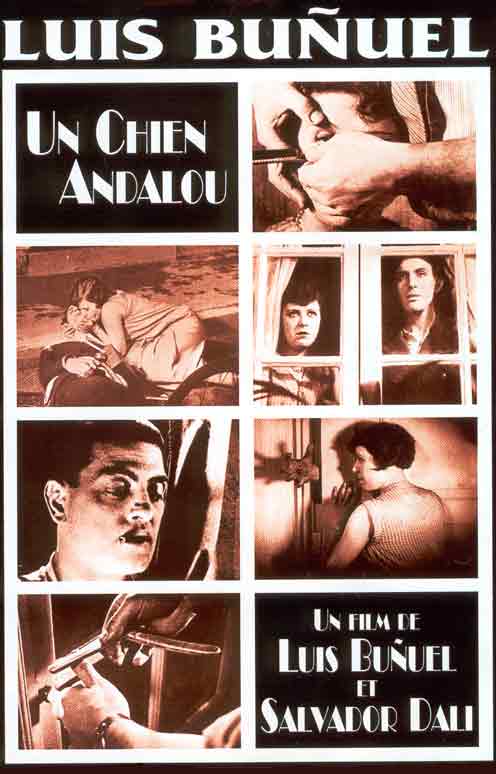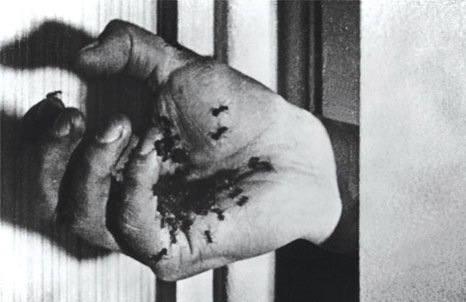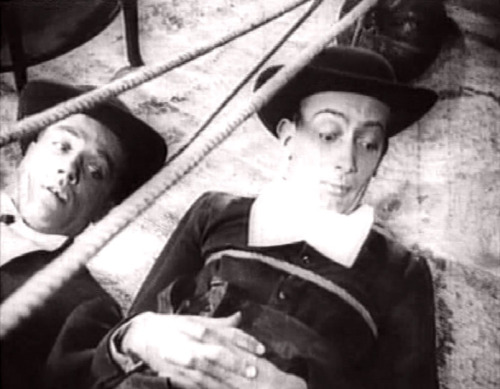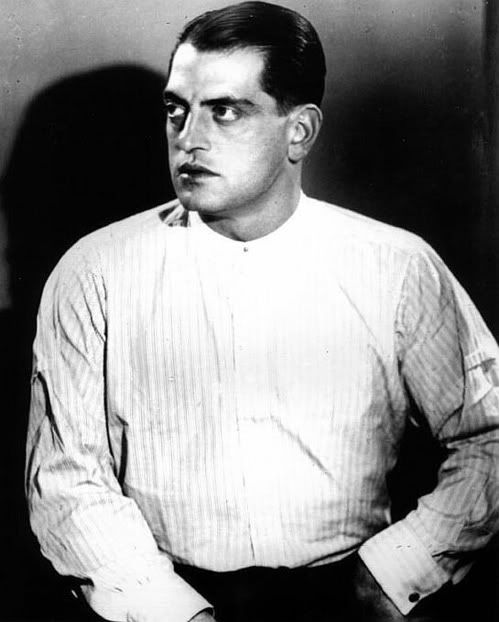Confessions of a Film Junkie: “Classics” A Review of “Un Chien
Andalou”
By: Lauren Ennis
 |
| Lauren Ennis "Miss-E" |
According to Webster’s Dictionary’s
definition, surrealism is “a style of art and literature developed principally
in the 20th century stressing the subconscious or nonrational
significance of imagery”. In less clinical terms, surrealism was the spark that
started the modern art movement in the early 20th century, which eventually
led to the formation of modern art as we know it today. Surrealism was an
artistic movement in which artists attempted to reveal the absurdity of life by
juxtaposing unrelated and contradictory images. For many artists, surrealism
was an outlet through which they could rebel against the hypocrisy of society,
particularly the senselessness and horrors of World War I. Although such a
malleable movement would seem suited to a multitude of mediums, surrealism was
most often applied to the visual arts, largely due to the constraints of plot
and character development that dominate film and literature.
A
handful of films did succeed in defying the confines of their medium and
shocking audiences by telling their stories through‘dream logic’ rather than a
linear plot. One of the most popular of these surrealist films was the 1929
silent short film Un Chien Andalou (French
for ‘an Andalusian dog’). The film was a collaboration between painter Salvador
Dali and director Luis Buenel, which reportedly began when Buenel told Dali of
a dream he had in which a cloud sliced through the moon “like a razor-blade
slicing through an eye”. Dali responded by discussing his own bizarre dreams,
and Buenel concluded that the assortment of images would be ideal for a film.
 |
| Film Poster from 1929 |
The
artists maintained that the film does not have a plot and is instead meant to
be viewed as a rebellion against the conventions of plot. The film opens with a
man restlessly looking out at the sky from his balcony as he sharpens a razor.
In what is perhaps the film’s best known image, the scene moves to a woman
calmly staring into the camera as the man holds her head in place and proceeds
to slice her eye with the razor. Despite the advances of modern special
effects, the scene still manages to shock as the camera captures both the
initial cut and the aftermath of fluid oozing from the deflated eye (actually
the eye of a dead calf). According to the title card, the film then flashes
ahead “eight years later” and depicts the same man as he watches the now blind
woman be run down by traffic outside his house. The man then begins a series of
arguments and altercations with another woman that comprise the majority of the
film.
 |
| The Most Iconic Scene from the Film |
Although the filmmakers explicitly stated
that the film was nothing more than succession of unrelated images, it is
possible for audiences to form a plot through their own interpretation of the
images. Personally, I interpreted the film to be about the vicious cycles that
often compose human relationships. From this perspective, the slicing of the
woman’s eye is a symbol for the man lashing out at her in his restlessness, and
attacking one of her most vulnerable parts. When the scene shifts to the man
crashing his bicycle while wearing a nun’s habit, it could represent his
emasculation and lack of direction as a result of his actions, or (given
Buenel’s contempt for the Catholic Church) as the result of the constraints of
life under the influence of a flawed religious system.
 |
| Ant Hands! |
Later, a
hole full of ants appears in the man’s hand as he watches the woman from the
first scene (now blind), poking at a severed hand with her walking stick. This
scene represents the void in the man’s life after he has hurt the woman and the
pestilence that is created by his inability to fill that void. He then
gleefully watches as the woman is run down by a car, which represents the
destruction of his memories and the torment that they inflict upon him. Now
confident after his victory over his past, the man proceeds to make sexual
advances towards a young woman who appears to be his current girlfriend. She is
disgusted by his reaction to the other woman’s death and rebuffs his advances.
He continues his attempt to seduce her but is held back by two pianos that
suddenly appear tied to his shoulders, representing the ties from his past that
prevent him from moving on with their relationship. The young woman runs from
the room and shuts the man’s infected hand in the door. After a brief pause,
she opens the door and sees that he is not trapped by the door and is actually
lying on the bed, asleep. Her fear and attempt to escape from the man
demonstrate the fear that his past actions instill in her and her inability to reconcile
his past actions with their present relationship.
 |
| Hello Dali! (Pictured Right) |
She leaves the building and the camera returns to
the bedroom as the man engages in a duel with a younger version of himself that
is revolted by the man he has become. The man shoots the younger version of
himself, effectively severing his ties with his more innocent past. The young
woman returns to the apartment after the shooting and they resume arguing. In
one of the most bizarre images in the film, the man points at the woman,
causing her armpit hair to appear on his face in what appears to be an example
of him calling attention to her physical flaws. She becomes furious and storms
out of the apartment. The scene then shifts to a beach where the young woman
meets a new man. This man shows her the time on his watch, warning her that
their acquaintance cannot last forever. Despite his warning, she takes his arm
and they walk along the beach. They briefly pause when she discovers the first
man’s belongings then continue on their path, revealing her desire to move on
from her past with the first man. The film closes with an image of the couple
one year later buried in the sand, as their relationship has been buried in the
sands of time.
 |
| Director Luis Bunuel |
Un Chien Andalou
surpassed the odds and became a success despite the fact that it was a short
film reportedly devoid of any meaning. It eventually became a cult classic in
art house cinema and is now considered a landmark in cinema history. This film
marked the beginning of the career of director Luis Buenel who later went on to
make such classics as “Discreet Charm of the Bourgeoisie” and “Belle Du Jour”,
and was one of the first independent films to achieve mainstream success.
Through their collaborative “prank”, Buenel and Dali created a work of art that
has maintained an ability to shock and a sense of intellectual mutiny that
continues to awe and inspire today.

No comments:
Post a Comment